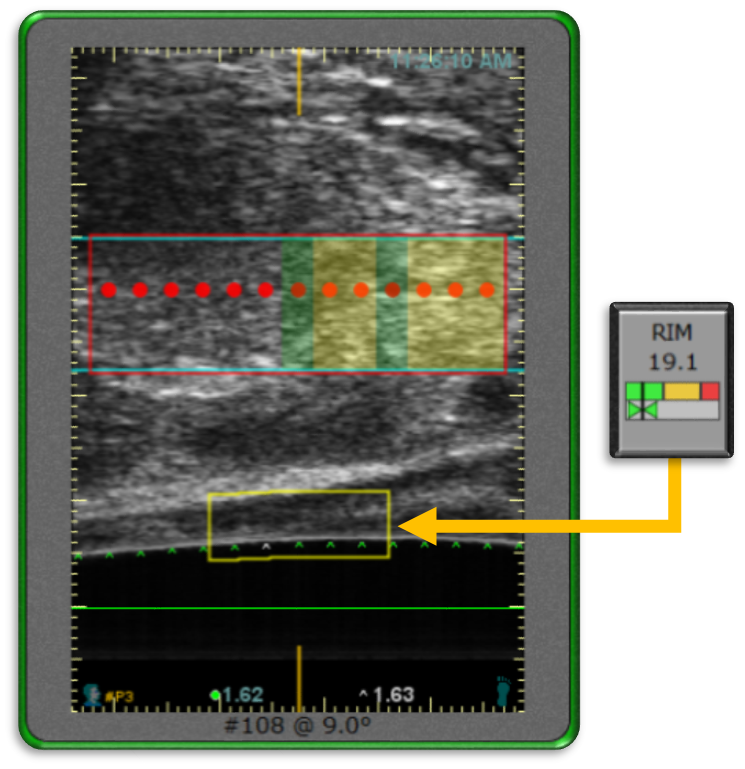Our Feature in Focus Series highlights the unique features of the Sonablate HIFU device that make it stand out from other HIFU devices and from other prostate cancer treatments.
You can read about how the Sonablate helps doctors detect the location of important nerve bundles to preserve sexual function here or about how the Sonablate can incorporate MRI images to help doctors know the exact location of the cancer here.
But today we are going to focus on a feature that is specific to HIFU and is very important for patient safety during the procedure. As you may already know, during HIFU there is no incision, instead a probe is placed in the patient’ rectum. The tip of the probe has several transducers that can capture real-time images of the prostate and will ultimately guide where HIFU is delivered.
HIFU destroys prostatic tissue by applying heat rapidly to a focal point. Even though only tissue at that focal point is damaged, it is critical that temperature throughout the area be monitored, especially the rectal wall. This is precisely why the Sonablate has a built in feature to monitor the exact location of the rectal wall to the HIFU and the temperature at the rectal wall.
In order to do this, the Sonablate uses something called the Reflexivity Index Measurement or RIM.

RIM is a calculation done to determine if an area near the rectal wall is potentially accumulating excess heat that could cause damage. The Sonablate automatically monitors this value during HIFU and tells the HIFU doctor if the value is getting too high.
The RIM allows doctors to safety deliver HIFU without damage to the rectal wall.

Comments are closed.